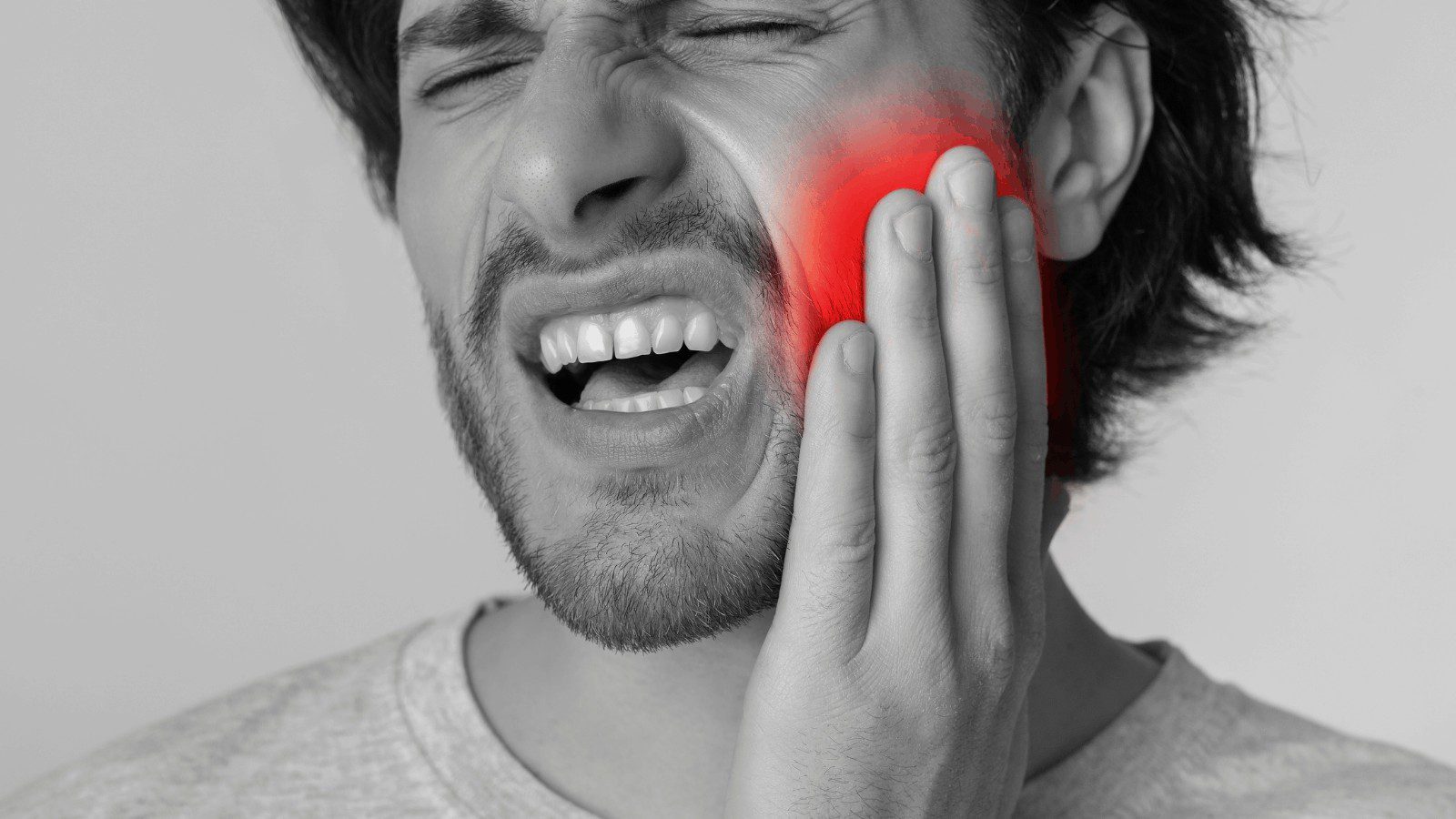Have you ever gotten tooth pain from drinking something cold? Maryland scientists have finally found the reason behind this painful phenomenon.
“It’s a unique kind of pain,” says David Clapham, vice president, and chief scientific officer of the Howard Hughes Medical Institute (HHMI). “It’s just excruciating.”
He and an international team of scientists have discovered how teeth can sense something cold. They’ve also figured out the molecular and cellular processes behind why this occurs. The team found that in both mice and humans, tooth cells called odontoblasts have cold-sensitive proteins that sense lower temperatures. These cells then send a signal to the brain, alerting it of the painful sensation.
The team published these results on March 26, 2021, in the journal Science Advances.
Cold sensitivity and tooth pain
The study reveals why the popular natural remedy, clove oil, alleviates tooth pain. Clove oil, which dentists have used for centuries, contains a compound that blocks the cold-sensitive proteins.
Electrophysiologist Katharina Zimmermann, who led the work at Friedrich-Alexander University Erlangen-Nürnberg in Germany, explained why this works. She says that developing drugs that more specifically target this sensor could eliminate tooth sensitivity to cold. She says this:
“Once you have a molecule to target, there is a possibility of treatment.”
Teeth begin to decay when bacteria and acid erode the enamel, the protective layer covering teeth. As the enamel wears away, cavities start to form. Around 2.4 billion people, or about a third of the global population, have untreated cavities. This can lead to toothaches, which can occur due to drinking icy beverages.
Before this study, scientists didn’t know how teeth sensed cold temperatures. However, scientists speculated as to what caused it and came up with a theory.
Inside each tooth, tiny canals contain fluid that moves when it detects temperature changes. Scientists proposed that the nerves sense the direction of the movement. This then signals whether a tooth had been exposed to hot or cold, according to some researchers.
“We can’t rule this theory out,” but there wasn’t any direct evidence for it, says Clapham, a neurobiologist at HHMI’s Janelia Research Campus.
Figuring out why cold beverages cause tooth pain was a process of elimination
The scientists said that fluid movement in teeth and tooth biology aren’t easy subjects to study. Scientists have to cut through the enamel, the hardest substance in the body, and an additional tough dentin layer. This is very difficult to do without crushing the tooth’s soft pulp, blood vessels, and nerves.
Sometimes, the whole tooth “will just fall to pieces,” Zimmermann says.
However, Zimmerman, Clapham, and their colleagues didn’t aim to study teeth. They focused mainly on analyzing ion channels, pores in cells’ membranes that function like molecular gates.
The channels detect signals such as chemical messages or temperature changes. Then, based on the signal, they either shut tightly or open wide to allow ions into the cell. This causes an electrical pulse to move from cell to cell. This sends information quickly and serves as a crucial function in the brain, heart, and other tissues.
Around 15 years ago, Zimmerman worked as a postdoc in Clapham’s lab, where the team made an important discovery. The ion channel called TRPC5 showed extreme sensitivity to the cold. However, the team still wasn’t sure where the channel’s cold-sensing ability was located in the body.
In the study, they did eliminate the skin as a receptor for TRPC5’s ability to sense cold. The team discovered that mice that didn’t have the ion channel could still detect the cold. They reported these findings in 2011 in the journal Proceedings of the National Academy of Sciences.
After that, “we hit a dead end,” Zimmermann says. One day at lunch, the team was going over the study when they finally had an idea.”David said, ‘Well, what other tissues in the body sense the cold?’” Zimmermann recalls. The answer? Teeth.
The experiment that led to the discovery of teeth detecting cold
Study coauthor Jochen Lennerz, a pathologist from Massachusetts General Hospital, examined teeth in adult humans. He found that teeth do have TRPC5, and most of it resides in teeth with cavities.
The researchers used mice to test their theory. This experiment proved to them that TRPC5 does function as a cold sensor. They decided against cracking a tooth open to examining the cells instead of looking at the whole tooth. They studied the jawbone, teeth, and nerves within the teeth. The team then recorded neural activity after applying an ice-cold solution to the teeth.
They found that the temperature drop triggered nerve activity in normal mice, showing that the teeth detected the cold. They didn’t observe this in mice without TRPC5 or in teeth treated with chemicals that blocked it. This proved to the team that the ion channel could sense cold, Zimmermann says. Another ion channel the group studied, TRPA1, also seemed to detect cold.
After confirming that TRPC5 could sense cold, they traced its location to a tooth cell called odontoblasts. This sits between the tooth pulp and dentin in the teeth. When someone bites down on something cold with a dentin-exposed tooth, this sends a pain signal to the brain.
Clapham says that even though many people experience this sharp pain, it hasn’t been studied very extensively. He says that while tooth pain isn’t widely acknowledged in science, “it is important, and it affects a lot of people.”
Zimmerman says that the team’s discovery about why cold sensations cause tooth pain took over a decade. She says that determine the function of specific molecules and cells isn’t easy.
“And good research can take a long time.”
Final Thoughts: Scientists finally discovered why cold foods or drinks cause tooth pain
After more than ten years, scientists studying ion channels discovered that TRPC5 detects pain when exposed to cold. This ion channel in tooth cells called odontoblasts reacts strongly to cold sensations, and it is especially prevalent in cavities. Hopefully, this knowledge will lead to better treatments targeting this sensor and eliminate tooth pain resulting from the cold.





















